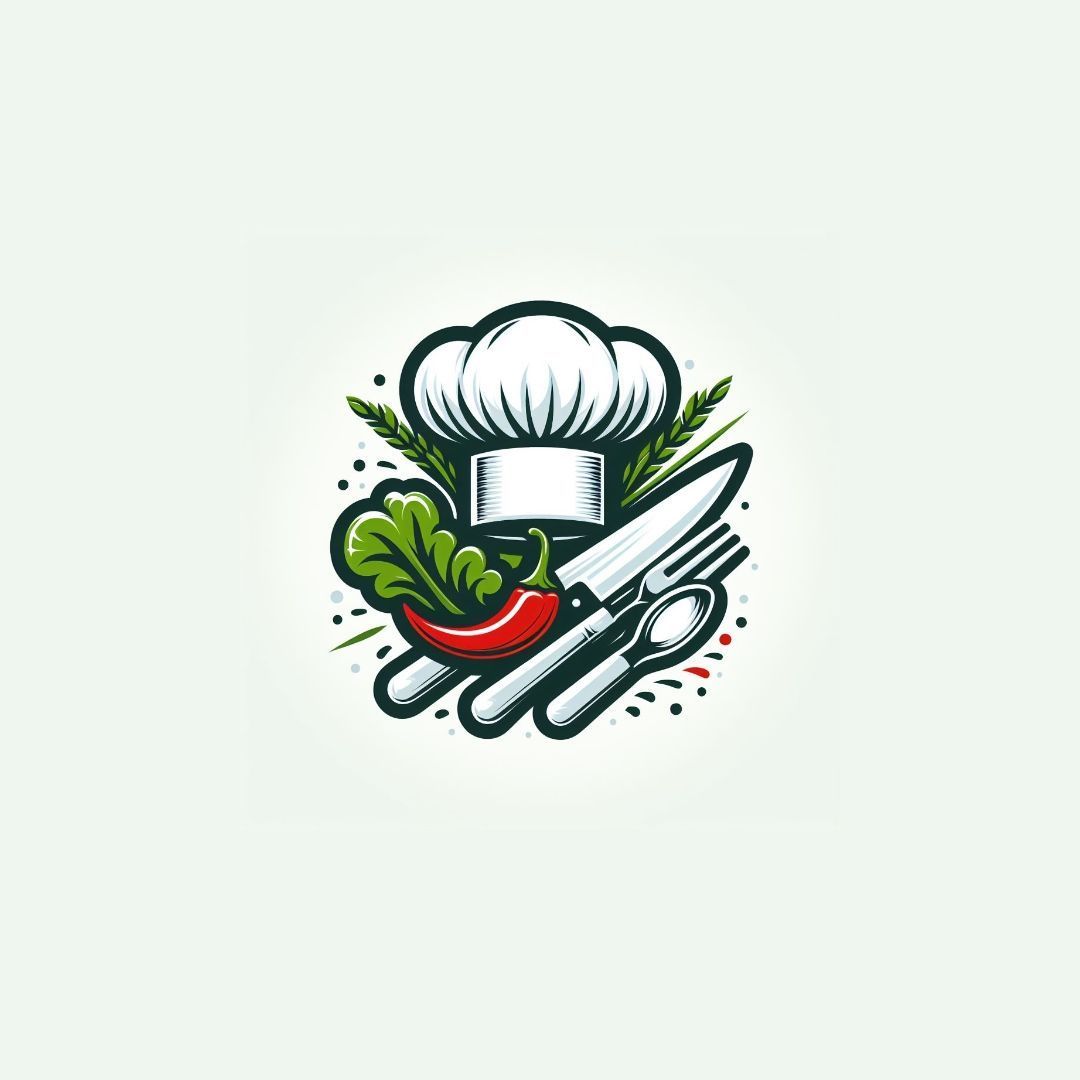Food Additives: The Most Common E-Codes and Those to Avoid

On supermarket shelves, food labels are full of mysterious codes preceded by the letter E. For many consumers, these numbers are an enigma: some fear them, others ignore them. But what lies behind these acronyms? And which ones should we understand better, perhaps even avoid?
In this article we analyze what food additives are , which ones are harmless or useful , and which ones attract more attention or are controversial .
What are food additives?
Food additives are substances added to foods to improve their preservation, appearance, texture, or flavor . They are used for technological reasons and are often indispensable in modern industrial production.
They are regulated at European level and identified by an alphanumeric code: the “E” indicates Europe, followed by a number from 100 to 1520 that identifies the function and nature of the additive.
Each authorized additive has been evaluated by EFSA (European Food Safety Authority) to ensure its safety at permitted doses.
The main categories of additives and E codes
Additives are divided into various families, depending on their function:
Category Colorants E100 – E199 They make food more colorful or restore its natural appearance Preservatives E200 – E299 They extend the life of the product Antioxidants E300 – E399 They prevent rancidity Emulsifiers and thickeners E400 – E499 They improve the consistency Acidity regulators E500 – E599 They stabilize the pH Flavour enhancers E600 – E699 They enhance the flavors Various E900 – E1520 Includes sweeteners, glazing agents, antifoaming agents, etc. Safe and commonly used additives
Many additives are naturally occurring or considered safe , especially when consumed in moderation. Here are some examples:
- E300 – Ascorbic acid (vitamin C) : natural antioxidant, also used as a preservative.
- E330 – Citric acid : naturally present in citrus fruits, used to regulate acidity.
- E406 – Agar-agar : natural gelling agent extracted from red algae.
- E322 – Lecithin : emulsifier, often derived from soy or eggs.
- E440 – Pectin : thickener derived from fruit, used in jams.
- E162 – Betanin (beetroot red) : natural colouring.
Many of these additives are also found in organic foods, although in very limited numbers.
Controversial or limiting additives
Some additives, despite being legal, have been the subject of criticism, studies, and controversy because, in some cases, they can cause side effects (especially in children or sensitive individuals) or have been linked to potential risks. Here are the most controversial ones:
❌ Artificial colors (especially in children)
- E102 – Tartrazine
- E110 – Orange yellow
- E122 – Azorubine
- E124 – Cochineal red
- E129 – Allura Red AC
Some studies have suggested a link between these dyes and hyperactivity in children. In Europe, many products containing these dyes are required to carry the warning: May have an adverse effect on activity and attention in children.
❌ Controversial preservatives
- E210 – Benzoic acid and derivatives (E211, E212, E213): in high quantities they can cause allergic reactions.
- E220 – Sulphur dioxide (and derivatives from E221 to E228): used in wines and dried fruit, they can cause symptoms in asthmatics.
❌ Artificial sweeteners
- E951 – Aspartame : artificial sweetener, under observation for its possible neurotoxic effects.
- E950 – Acesulfame K : often used together with aspartame.
- E954 – Saccharin : previously suspected of being carcinogenic, now considered safe but still debated.
❌ Monosodium glutamate
- E621 – Monosodium glutamate : a flavor enhancer widely used in processed foods (snacks, stock cubes, ready-made soups). Some people report side effects such as headache, sweating, and weakness (Chinese restaurant syndrome).
How to recognize additives in ingredients
On the label, the additive may be indicated by its code (e.g., E330) or by its full name (e.g., citric acid) . The law doesnt require using both, so learning to recognize the codes can help you make more informed choices.
Is it necessary to avoid them all?
No. Additives are not dangerous in themselves , and their presence in a food does not automatically imply a health risk . However, it is important:
- Limit your consumption of ultra-processed foods , where additives are more numerous.
- Prefer products with natural and simple ingredients .
- Always read the label , especially if you have allergies, intolerances, or are feeding infants.
In summary
When it comes to food additives, not all are cause for concern: many are safe, while others simply require better understanding to make more informed choices.
Among those that are generally safe are natural additives such as ascorbic acid (E300) , lecithin (E322) , citric acid (E330) , agar agar (E406) , and pectin (E440) . These substances are often derived from natural ingredients, used to preserve or improve the texture of foods, and pose no known risks if consumed in moderation.
Conversely, some artificial colors such as E102 (tartrazine) , E110 (orange yellow) , E124 (cochineal red) , and E129 (allura red) , although legally authorized, have been associated with possible negative effects on childrens behavior. Therefore, it is advisable to avoid them, especially in products intended for children.
Another category to keep an eye on is that of sulfur dioxide-based preservatives , such as E220 and its derivatives ( E221–E228 ), often used in wine and dried fruit. In asthmatic or sensitive individuals, they can trigger adverse reactions.
Artificial sweeteners such as aspartame (E951) , acesulfame K (E950) , and saccharin (E954) are widely used in light or no added sugar products. Although considered safe in controlled doses, they continue to be the subject of debate due to their possible long-term health effects: its best not to overuse them.
Finally, theres the flavor enhancer E621 , known as monosodium glutamate . Its used to enhance flavor, especially in snacks and ready-made foods. Some people, however, may be sensitive to this substance and experience symptoms such as headaches or weakness. In these cases, its best to avoid it.
In conclusion, not all additives are dangerous, but knowing about them helps us make better choices , especially if we want to reduce our consumption of ultra-processed foods and move towards a more natural diet.
Conclusion
Food additives are a tool of the modern food industry, and many of them are well-controlled and safe . However, the key is balance and awareness : knowing the meaning of E-codes allows us to make more informed choices about what we put on our plates, especially if we want to limit artificial ingredients and promote a more natural lifestyle.
#FoodAdditives #ECodes #SafeFoods #ArtificialColors #Sweeteners #Preservatives #Glutamate #ConsciousEating #Health #NaturalFood

gourmet
Data di inserimento 07 lug 2025
Report article


Comments
There are no comments yet.